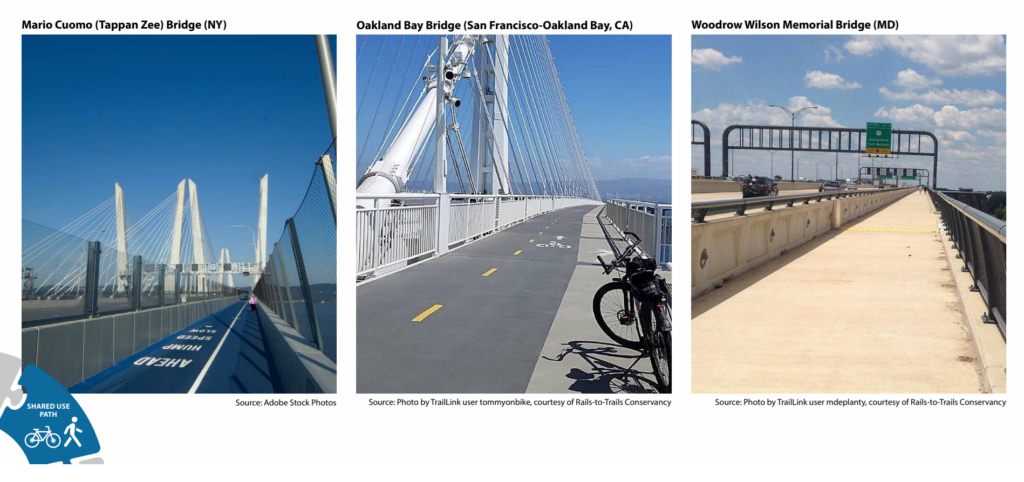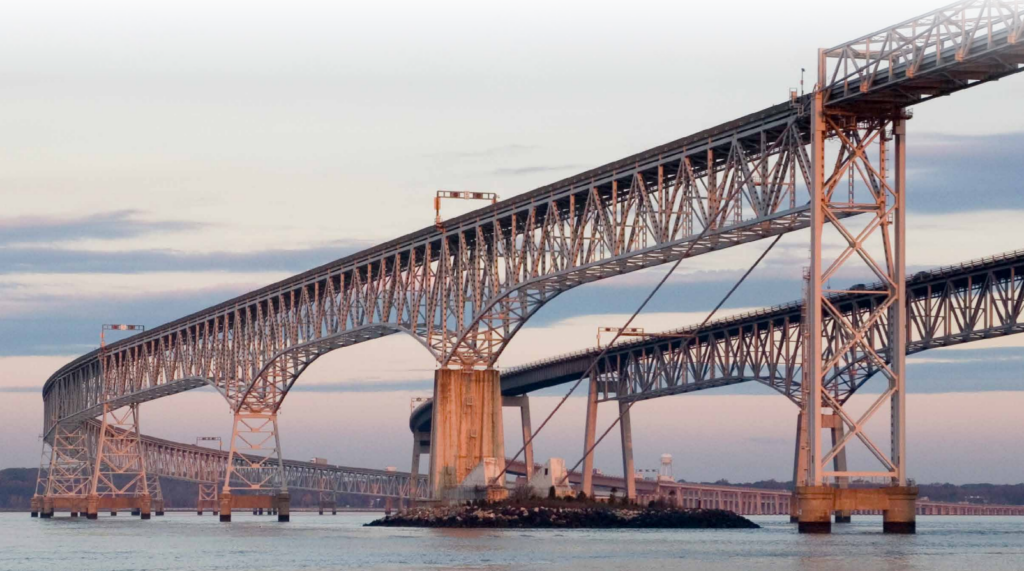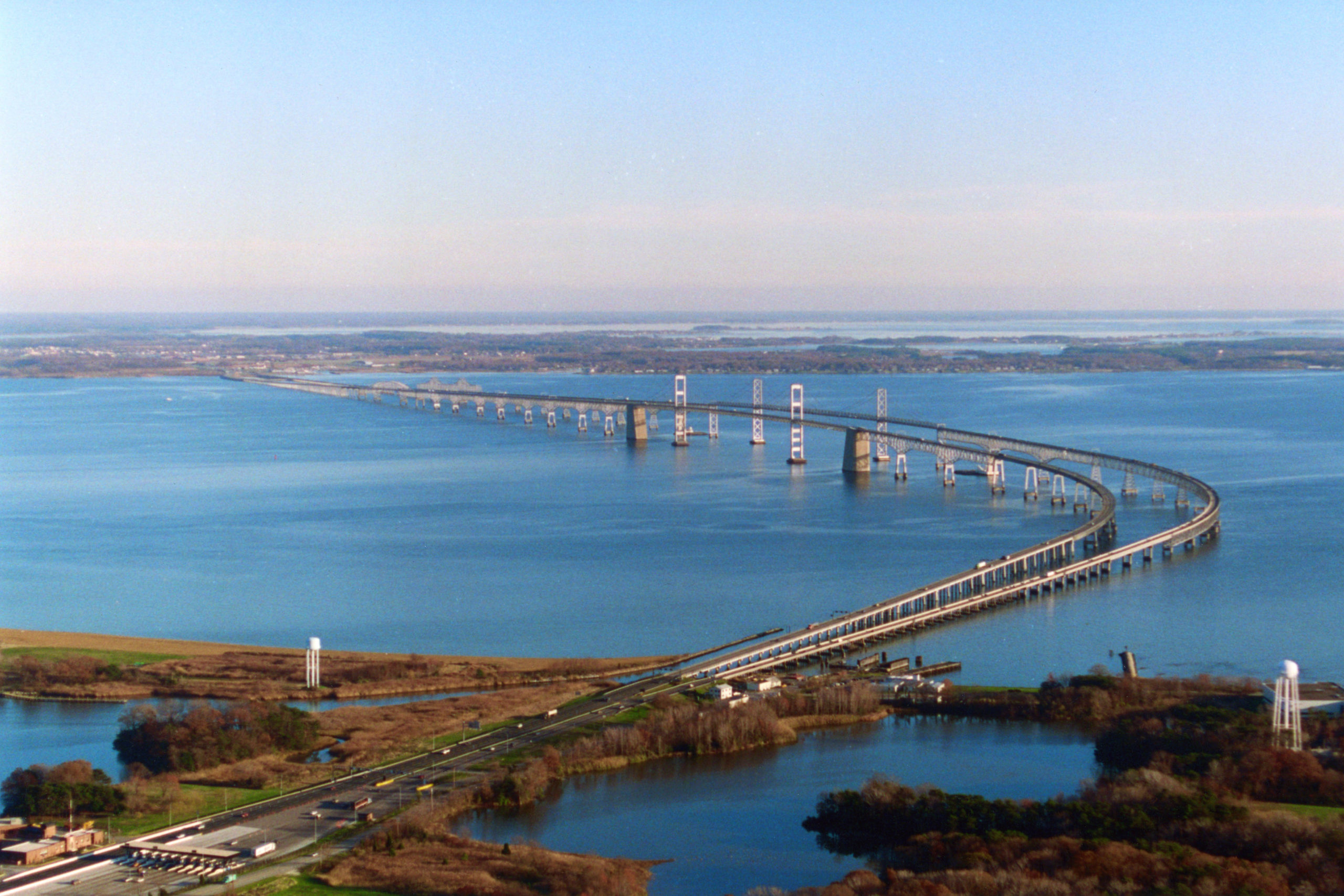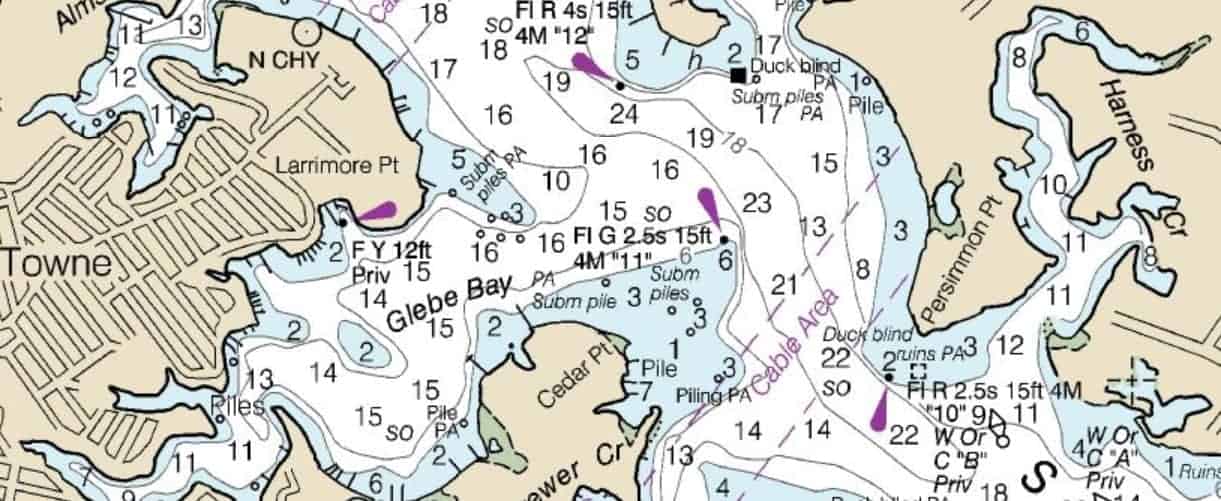Maryland transportation leaders are laying out their vision for a new Chesapeake Bay Bridge, and it means taking out the existing two spans entirely to replace them with new, wider spans. The proposal comes with several possible options for number of lanes and exact location. The state is inviting the public to comment and ask questions at three upcoming public meetings: one online, one in Anne Arundel County, and one in Queen Anne’s County. At these meetings, the state will show which alternatives are still being considered and which have been rejected.
Relying on an aging, over-congested Bay Bridge for Maryland’s only Chesapeake Bay crossing has grown into a more pressing problem each year. Back in 2017, the Maryland Transportation Administration (MDTA) launched the Chesapeake Bay Bridge Crossing Study to look at a possible new Bay crossing solution. Any project seeking federal approval or funding needs to assess how people and the environment would be affected under the National Environmental Policy Act (NEPA). The Tier 1 NEPA study tackled many possible approaches to a Bay crossing, including ferries, tunnels, bridge-tunnels, 14 different possible corridors for a new bridge span, and no-build options. Public comment and further study narrowed the corridors down to three, all stretching from Anne Arundel County on the west side to points from Queen Anne’s to Talbot County on the east side.
By the end of Tier 1, the state had narrowed its plans down to “Corridor 7”, the corridor closest to the existing bridge spans. We are now in the midst of Tier 2 in the NEPA study process. MDTA has sifted through which alternatives will be “retained”, or kept in consideration, and which are not being retained as possibilities.
The MDTA lays out its proposed action to remove the existing eastbound and westbound structures, replacing them with two new bridge structures to be built near the location of the existing bridges. While some may be surprised by the news that the existing bridge spans would be pulled down entirely, MDTA points out that the spans are 70 and 50 years old. Major reconstruction would be needed for about half of the next 36 years to make the bridge safe. That means full-time lane closures. Plus, the current spans don’t have any shoulder for disabled vehicles or emergency vehicles to pull over onto. From a navigational perspective, they don’t provide enough vertical clearance for the ever-larger ships that would call on the Port of Baltimore in the future.
Which alternatives did the state take off the table? A full tunnel would have cost at least twice as much as a new bridge and had a significant impact on the Bay environment. There would be restrictions for vehicles carrying hazardous materials. There would be no option to include a shared use path for bicycles or pedestrians. That’s something MDTA does include in its proposal. A bridge-tunnel, like the approach used in Hampton Roads, would have similar negatives.
In their study, MDTA provided examples of major bridges with shared use paths. Can you imagine cycling or even bike-commuting across the Bay Bridge?

A single span, double-decker bridge was considered, but grading it would be challenging and there would be no second span to use in case of closures on one span. The state also lays out the reasons the no-build options aren’t practical at this point. That includes a major Bay crossing ferry, though a proposed tourist ferry line connecting different Bay towns is still separately under consideration. So MDTA is left with their two-span, total replacement plan.
There are six combinations of factors that could be chosen to implement this proposed action. They will be explained at the three open houses. They include various options for number of lanes on each span and the approaches from the west and east sides. The largest number of lanes being considered is 10 bridge lanes and 8 lanes at each approach to the bridge. MDTA says it would provide enough capacity with no backups.
There are also a couple of options on the order of construction and removal of each span. For example, MDTA could build two new spans that would both sit south of the existing spans. Once they’re finished, then crews would remove both existing spans. Or, MDTA could build one span south of the existing spans and remove the existing eastbound span, then build the second new span between the site of the current two and remove the westbound span last.
To learn more about all the possible alternatives for the proposed new spans, MDTA encourages you to attend one of these public forums:
–Virtual Open House, Wednesday, December 4, 2024, 6-8 p.m., streamed at baycrossingstudy.com.
–Anne Arundel County Open House, Monday, December 9, 2024, 6-8 p.m., Broadneck High School
–Queen Anne’s County Open House, Wednesday, December 11, 2024, 6-8 p.m., Kent Island High School
For a detailed look at the proposed action and possible alternatives, visit baycrossingstudy.com. You can submit questions ahead of time. You can make comments at the meetings, by submitting your comments online, or by mailing them to Bay Crossing Study, 2310 Broening Highway, Baltimore, MD 21224. All comments are due by Monday, Jan. 13, 2025.
At its heart, the Chesapeake Bay Bridge Crossing Study seeks to remove congestion at the Bay Bridge and the spillover gridlock in communities on each side of the bridge. It also solves the problem of the soon-to-be-failing infrastructure of the current William Preston Lane, Jr. Memorial Bridge. But a project of this magnitude doesn’t move quickly. Once this public comment period is finished, the six alternatives will have to be evaluated, a draft Environmental Impact Statement presented, public hearings held, MDTA’s choice of alternative identified in a final Environmental Impact Statement expected by November 2026… and only then could design and construction begin, provided that there is enough funding.




